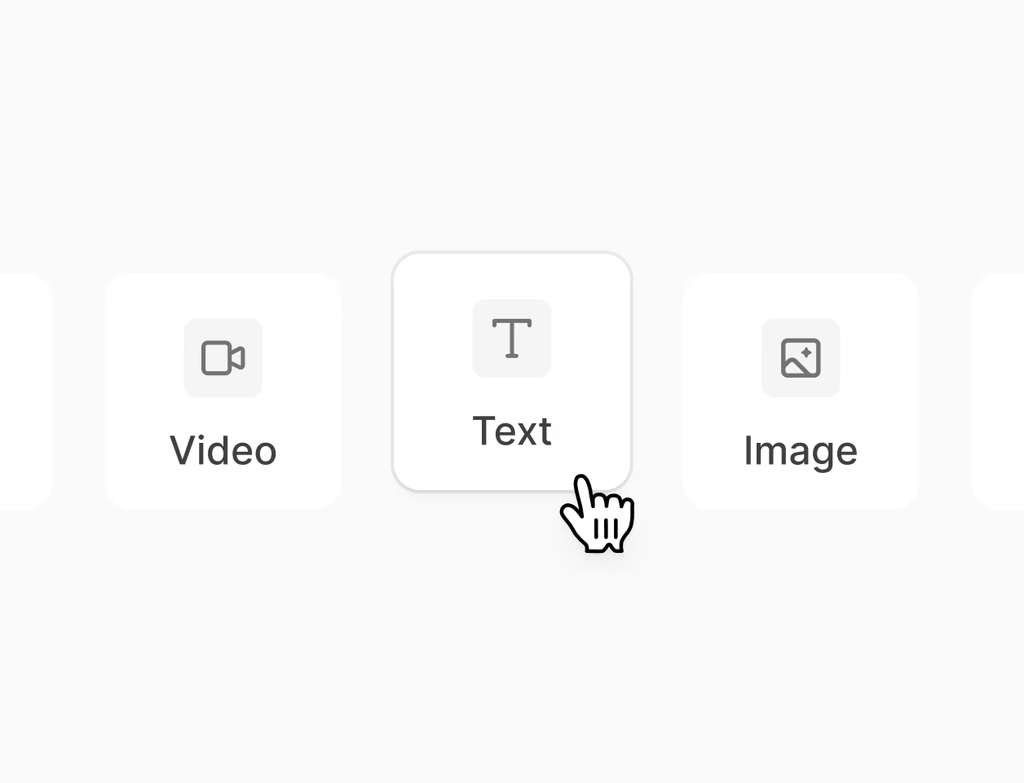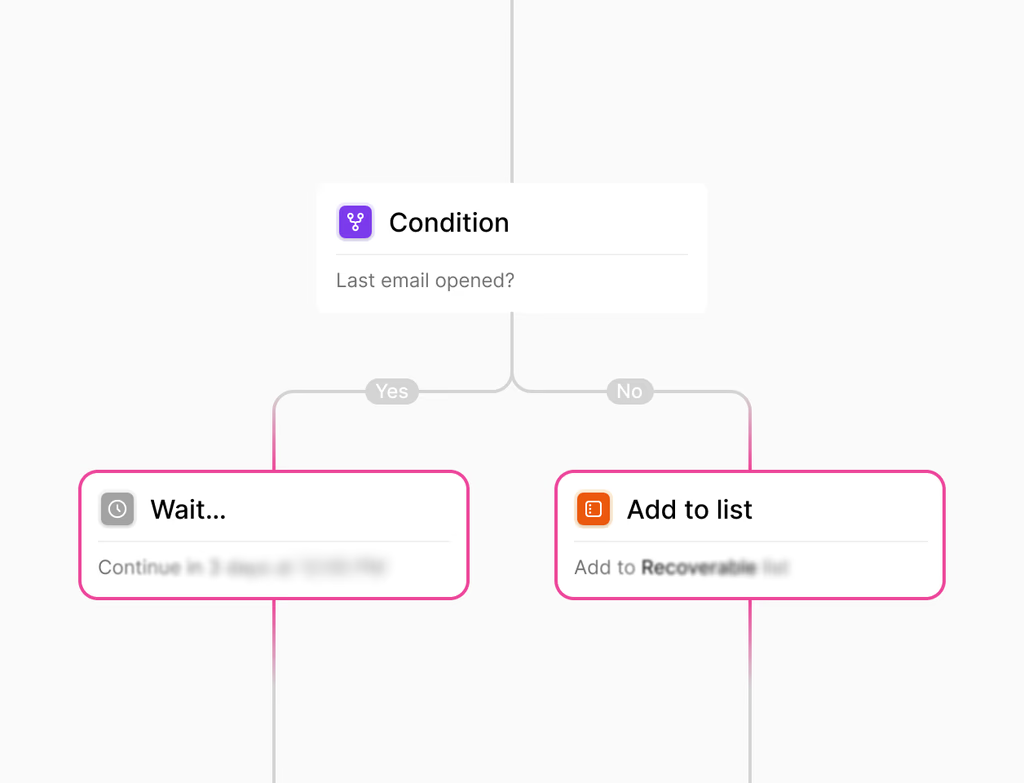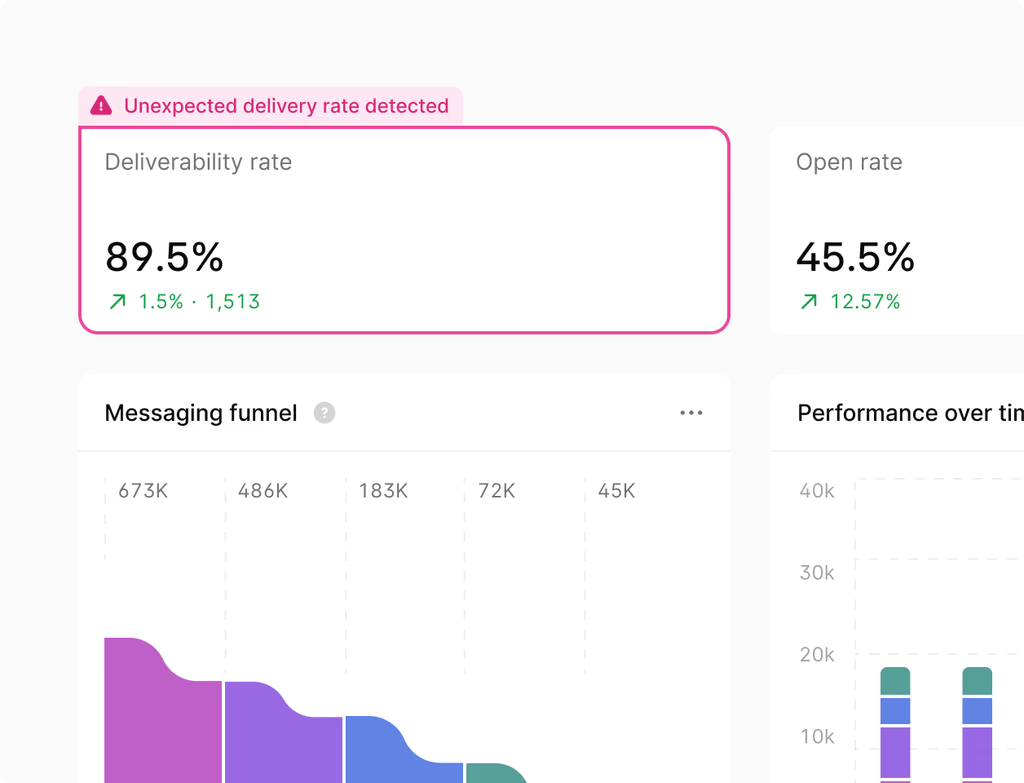What is the Hoop Customer Agent and how does it work?
The Hoop Customer Agent is an AI-powered service agent designed to transform your support by resolving customer inquiries 24/7. It uses your approved articles, product docs, and policies to provide precise, cited answers in seconds. This greatly reduces ticket volume and frees up your human team for more complex work, ensuring responses are always accurate and on brand.
The agent operates by continuously syncing with your knowledge base. It also captures context, performs permitted actions like form fills or updates, and escalates seamlessly to a human agent when necessary. This combination of automation and intelligent handoff provides exceptional service around the clock.
How does the Customer Agent integrate with existing CRM and workflows?
The agent is designed for deep integration, specifically to enhance workflows and customer data utilization. It connects with your CRM to tailor guidance using details like customer plan, region, and lifecycle stage, providing crucial context awareness for better responses. More importantly, the agent can trigger approved automated workflows like password resets, refunds, or appointment requests. When an issue requires human attention, the agent collects all required fields, validates inputs, and transfers the full chat history and a concise summary to the right human agent queue, based on skills or priority.
What is the pricing and which plans include the Customer Agent feature?
The Customer Agent feature is available across multiple pricing tiers to suit different organizational needs. This powerful tool is included in the Core, Pro, and Enterprise plans offered by the Hoop platform. Specific usage limits and advanced functionality scale with the plan level. For example, Enterprise customers may benefit from higher volumes of automated interactions and more complex custom workflow integrations. Always check the latest Hoop pricing details to understand the specific benefits and usage allowances associated with your chosen plan.
How can my team control the scope, tone, and accuracy of the AI agent?
Hoop provides extensive controls to ensure the AI Customer Agent stays on topic and consistently reflects your brand voice. You can restrict the agent to use only your approved knowledge sources—articles, documents, and FAQs—ensuring responses remain grounded and cited to trusted content. Additionally, you set guardrails and apply specific brand voice guidance during setup.
Key controls include:
- Restricting the knowledge sources the AI can reference.
- Setting parameters and guardrails for conversation topics.
- Applying predefined brand voice and tone guidelines.
- Utilizing answer quality feedback loops to continuously refine content and flag gaps.
What channels does the Customer Agent support for customer interactions?
The Hoop Customer Agent supports a variety of channels to meet customers where they are. By default, it is configured to operate effectively on web and in-app chat interfaces, providing instant support for users actively browsing your platform or application. Beyond these core channels, the system offers additional options via integrations.
The supported channels include:
- Web and in-app chat for immediate assistance.
- Email autoresponders, which can handle initial queries and triage.
- External messaging channels through available Hoop integrations.
This flexibility ensures comprehensive coverage across your primary support touchpoints.
How is success measured and what analytics are provided by the platform?
The Hoop platform includes comprehensive dashboards to quantify the impact and performance of your Customer Agent. These analytics help teams measure efficiency gains and customer satisfaction. The metrics provided go beyond basic interaction counts to deliver actionable insights.
Success is typically measured by tracking:
- Deflection and containment rates by topic, showing what is resolved without human intervention.
- Time-to-first-response and total resolution time.
- Customer Satisfaction (CSAT) scores.
- Topic-level performance to identify content gaps and areas for refinement.
This data allows your team to maintain and improve the AI’s effectiveness over time.



.avif)





